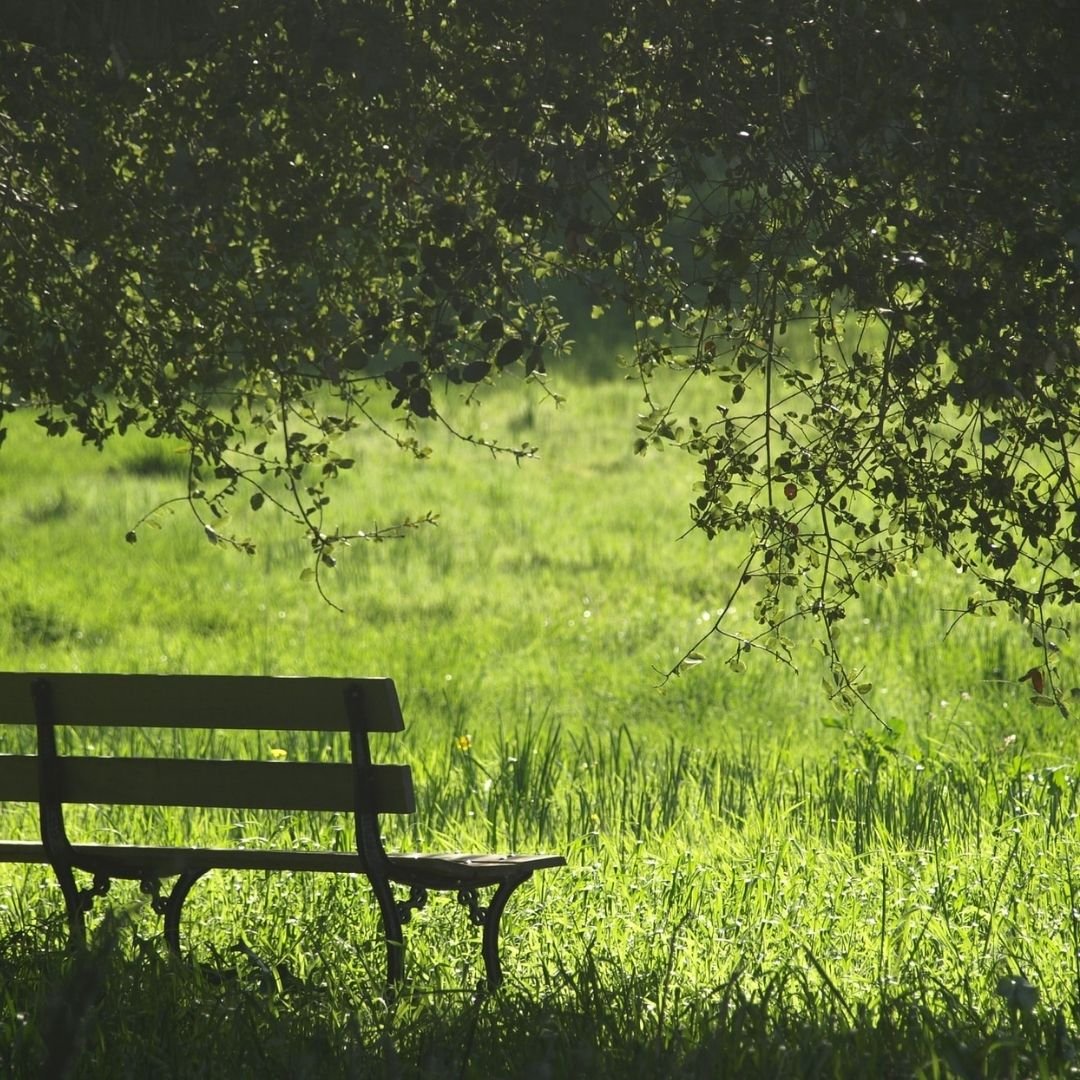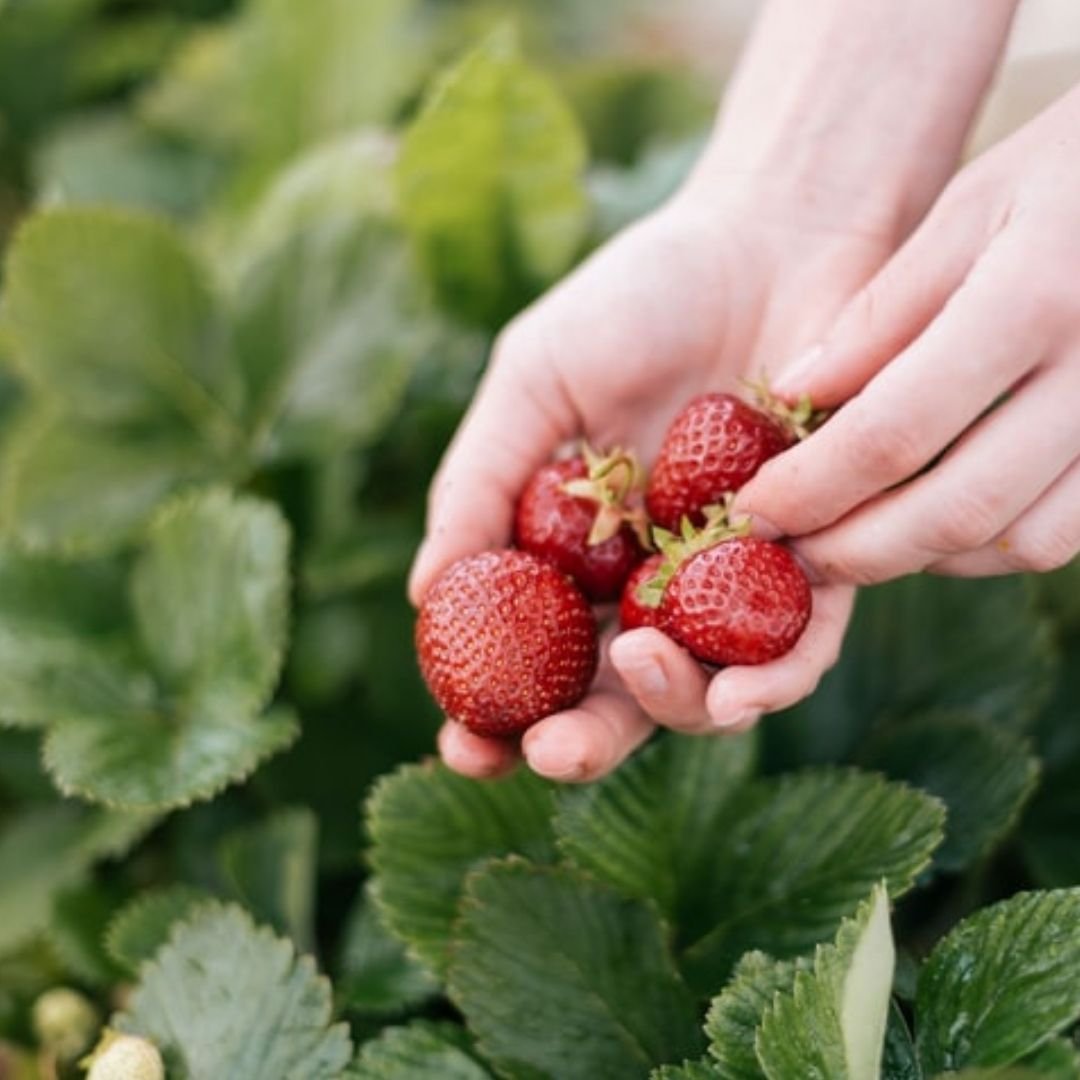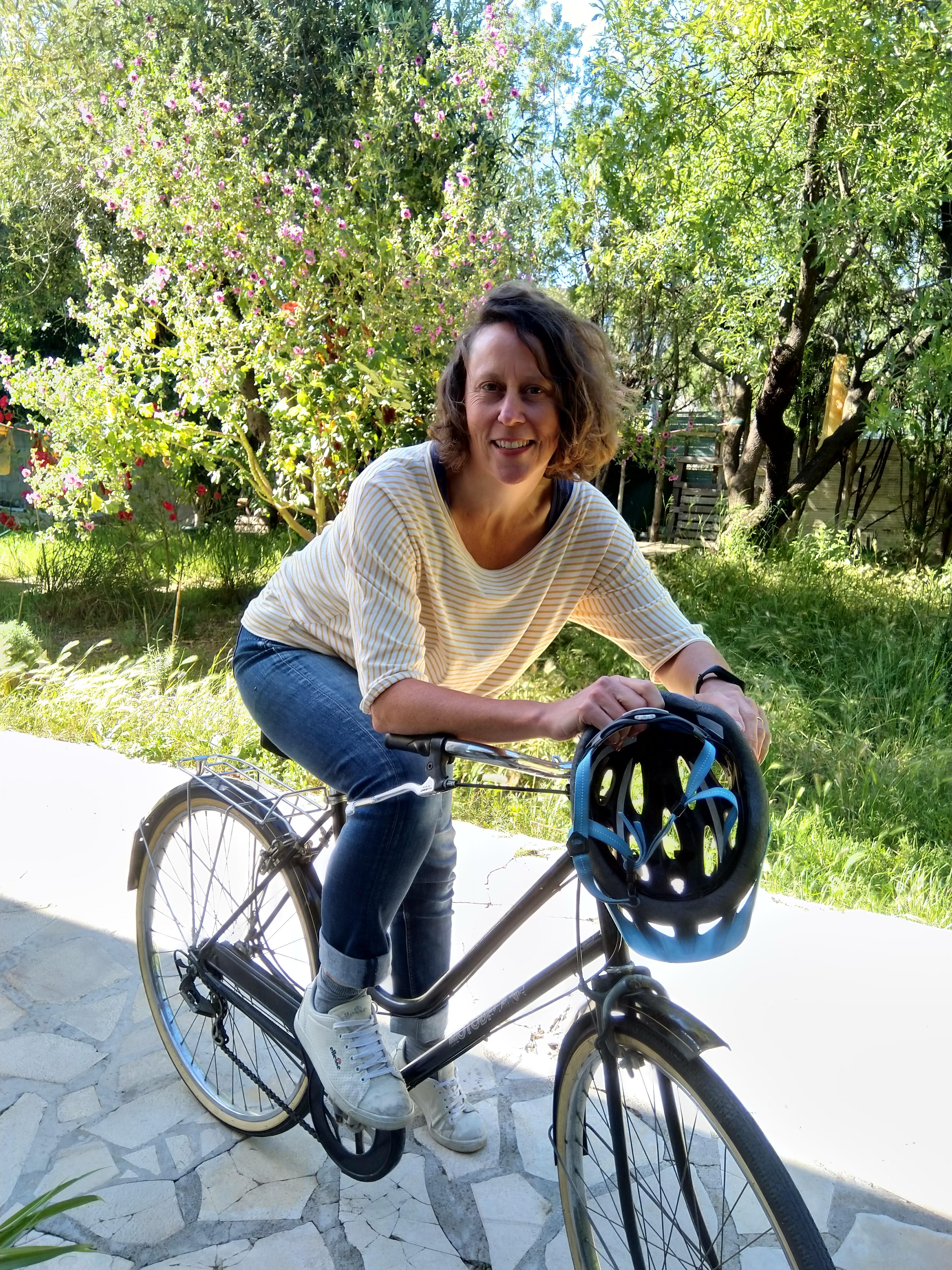The theme of World Environment Day 2021 is ecosystem restoration. At the same time, the UN is also launching its decade on Ecosystem Restoration (2021-2030) which coincides with the timeframe for the achievement of the Global Goals (UN goals for Sustainable Development).
As the UN says, ‘only with healthy ecosystems can we enhance people’s livelihoods, counteract climate change and stop the collapse of biodiversity’.
Fortunately, we can all play a part whether it is through our professional roles or though our personal implication at home, in our local communities or even further afield. Creating green spaces, rewilding gardens, cleaning up and preventing pollution, supporting local products and producers, the list goes on.

But there is also another way in which we can help, without even planting a single tree (which by the way, let’s all do it if we can!). The idea of restoring ecosystems goes hand in hand with restoring our own relationship with nature. Reconnecting with nature, and valuing the natural environment in all its forms is just as, if not more, important.
The idea that humans are disconnected from nature is not new, and has been steadily gaining traction for decades. And more importantly, the connections that we do have seem to be rather one way – we happily serve ourselves of the natural riches present on Earth, without too much thought of the consequences.
Our current (outdated) economic models have long stopped us from integrating natural ecosystem services into monetary equivalents. Too difficult to measure, too complicated to calculate, not accurate enough, and so on. But the point is that we need to rebuild a system with different values, and not one where the dollar is king.
Over 25 years ago I read an essay by Sarah A Conn, entitled When the Earth Hurts, who responds? In it she recalls the simple joyful act of buying some fresh strawberries from a street vendor.
With the sweet smell, and the delightful anticipation of biting into juicy ripe strawberries, the “berries connected me to the sunshine, the rain, the soil, the farmer”.
But as she headed home, her eye caught the label on the container. The strawberries were produced in California, not Massachusetts, where she lived. And so she suddenly felt that her connection to the strawberries and their production radically changed. The invisible web that connected her to the strawberries was now one of oil production, pesticides, transport costs and intensive agriculture. And all the joy of eating her strawberries vanished.

So perhaps we can start getting into the habit of visualising our own web of connections with nature, through what we eat, what we wear, how we travel, how we work, how we communicate. As we become more conscious of how we are truly connected to this amazing planet on every level, the more likely we are to truly care for it.
And, in making positive choices in our daily actions, we help restore the planet and our connection with it.
Happy World Environment Day 2021.

Comments